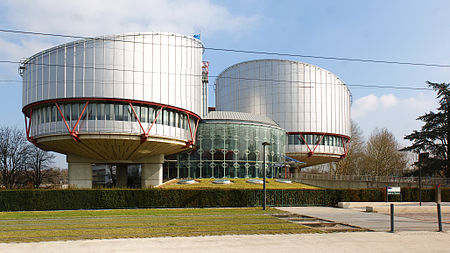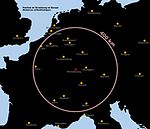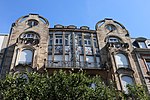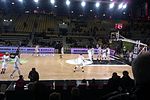European Court of Human Rights building
1994 establishments in FranceBuildings and structures in StrasbourgEngvarB from September 2013European Court of Human RightsGovernment buildings completed in 1994 ... and 2 more
Ove Arup buildings and structuresRichard Rogers buildings

The building of the European Court of Human Rights is located in the European Quarter of Strasbourg, France. It was designed by the Richard Rogers Partnership and Claude Buche and was completed in 1994.The building is located on the eastern corner of the water intersection, where the Ill river is crossed by the Canal de la Marne au Rhin. The court was formerly located in a building located just across the canal, which was built in 1965 and designed by Bertrand Monnet, J. Apriell and Papillard.
Excerpt from the Wikipedia article European Court of Human Rights building (License: CC BY-SA 3.0, Authors, Images).European Court of Human Rights building
Allée René Cassin, Strasbourg Wacken
Geographical coordinates (GPS) Address Website External links Nearby Places Show on map
Geographical coordinates (GPS)
| Latitude | Longitude |
|---|---|
| N 48.596944444444 ° | E 7.7747222222222 ° |
Address
Cour Européenne des Droits de l'Homme
Allée René Cassin
67081 Strasbourg, Wacken
Grand Est, France
Open on Google Maps








